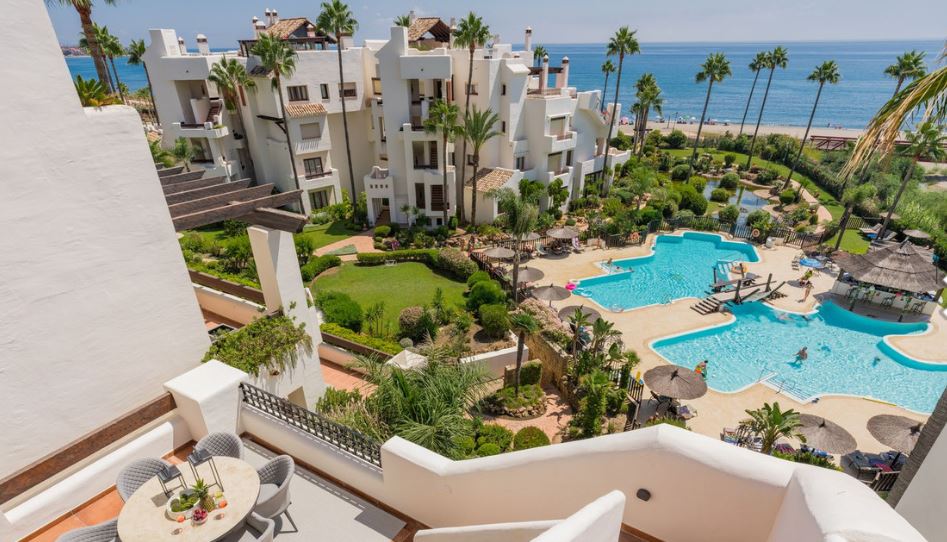Eco-friendly houses: the benefits to the planet and to you!
As global warming becomes an ever pressing topic in today’s news, more and more people have started asking themselves just what they can do to help stop it. Whilst small steps can be taken in ways of reducing the use of plastic and recycling more, there are still many ways in which someone can reduce their own carbon emissions.
One of the main ways in which we can reduce our carbon footprint is by making our homes more eco-friendly. As the housing market has grown steadily over the years, so has the carbon emissions produced by the sector. There are plenty of eco-friendly homes, but in this article we are going to take a closer look at what an eco-friendly home is and how it can benefit you.
Just what is an eco-friendly home?
An eco-friendly home is a home that coexists in perfect balance with nature. Aiming to pollute as little as possible during both its construction phase, by using locally sourced and recyclable materials, and during its lifespan by being as energy efficient as possible. Meaning that not only does it have reduced CO2 emissions and thereby pollutes less, but it also can save you money eventually when it comes to your electric and water bills.
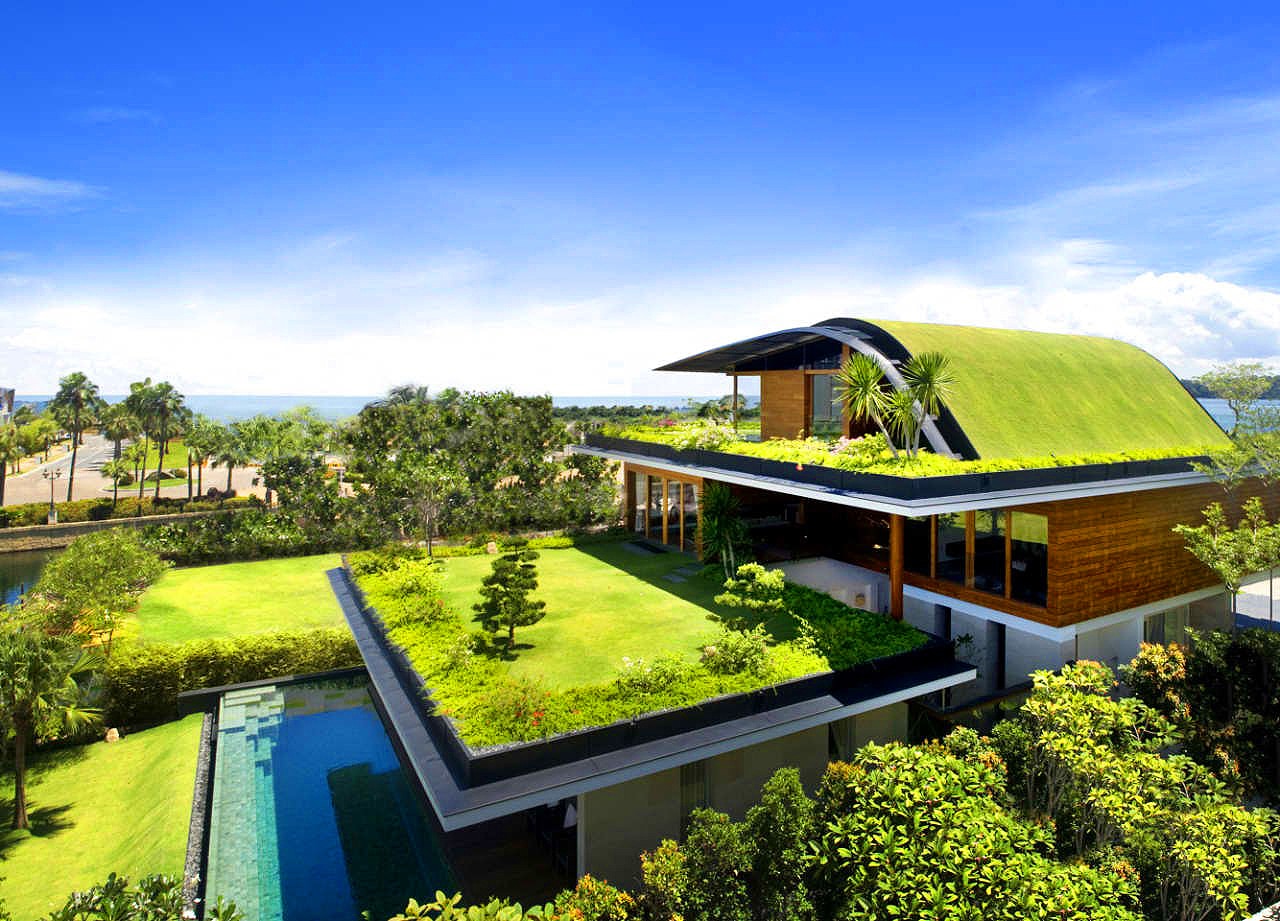
What are the characteristics of an eco-friendly home
Now that we have covered what an eco-home is, you might be asking just what a home needs to have to be considered an eco-friendly one.
First, it needs to be built of the most eco-friendly materials. The most eco-friendly material is wood, however, in the case where wood is not easily available, unprocessed concrete or earth blocks also work just as well.
Not only this, but an eco-friendly property must take advantage of its surroundings, and fit in with them. This includes using the sun and shade to its benefit, the property must be strategically designed so that selected areas receive the sun’s heat whilst others are covered by shade. Not only are large windows used to capture the sun’s heat, but they are also placed in such a way that the home is well ventilated without having to use electricity to do so.
Inside an eco-friendly property, there are normally energy-efficient appliances or renewable energy apparatus such as solar panels or heat pumps, to make the home as comfortable as possible all year round. Alongside this, the property normally has a sanitation network installed to collect rainwater to use for grey water within the property, whether that be for the toilet or to water crops grown on the property.
A roof garden can also sometimes be found in these types of properties, not only making the property more visually pleasing, but also helping to reduce the temperature inside the property. This feature makes it extremely useful in countries with a hotter climate, for example, Spain, where there are places such as la Costa del Sol, Manilva and Casares; that enjoy around 325 sunny days per year.
Types of eco-friendly properties
When it comes to eco-friendly houses, there are several types, each with their own unique styles and characteristics.
Bio-climatic houses
The first type that we will take a look at are bio-climatic homes. As with all eco-friendly homes, they are built from natural resources sourced close to where the construction takes place. Blending into the environment where the home is constructed it uses large windows to trap in sunlight and heat, whilst also using strategically placed trees – to give shade to certain parts of the home and so reduce the temperature. These homes consume very little energy whilst at the same time being very comfortable to live in.
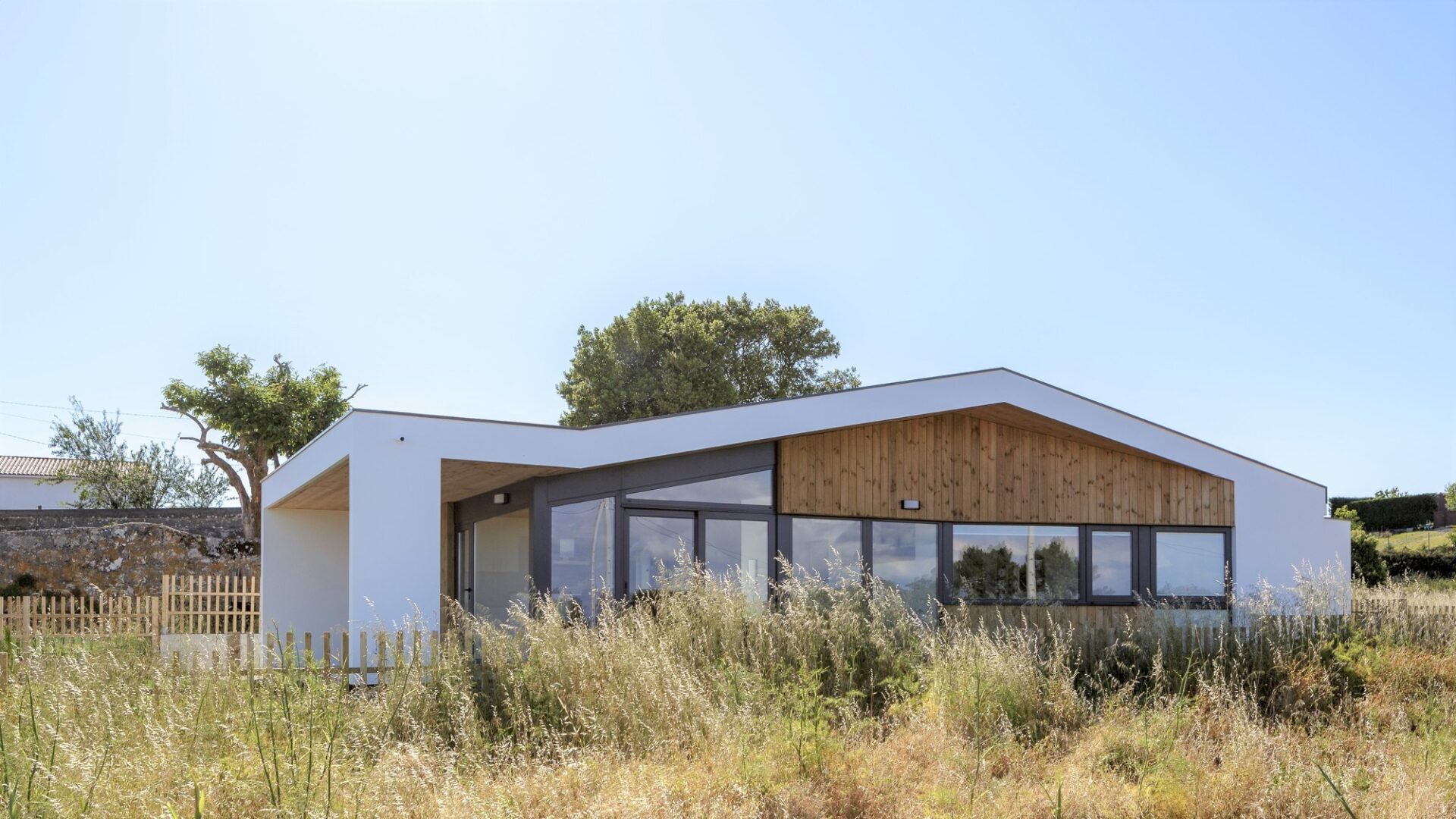
Passive houses
Originating from Germany, we find another type of eco-friendly home, the passive house. These homes typically have a very low-energy consumption, as the temperature of the home depends mainly on sunlight and the appliances found in the home tend to be very energy-efficient. It does this by ensuring that the whole house is well insulated, with the property’s various windows trapping in a lot of natural light and heat. The use of shades and cantilevers protects the property from the high summer sun, whilst also allowing for the low winter sun to still reach the property and heat it up. Not only this, but the property is also meticulously constructed with the windows following the natural flow of the property, allowing the property to have better ventilation.
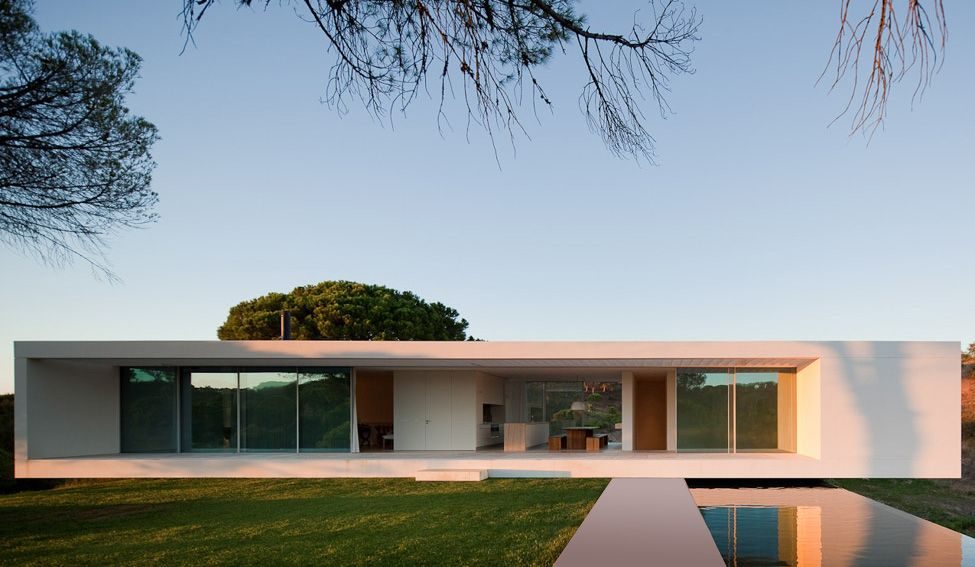
Wooden houses
As wood is one of the most eco-friendly materials, it makes perfect sense that wooden houses are one of the most common types of eco-friendly homes. Using wood as the principal material for a property offers a wide range of benefits such as it can handle a lot of weight, has a super low carbon footprint if sourced locally, and it is also a super effective insulator – ensuring that the property stays warmer for longer during winter months.
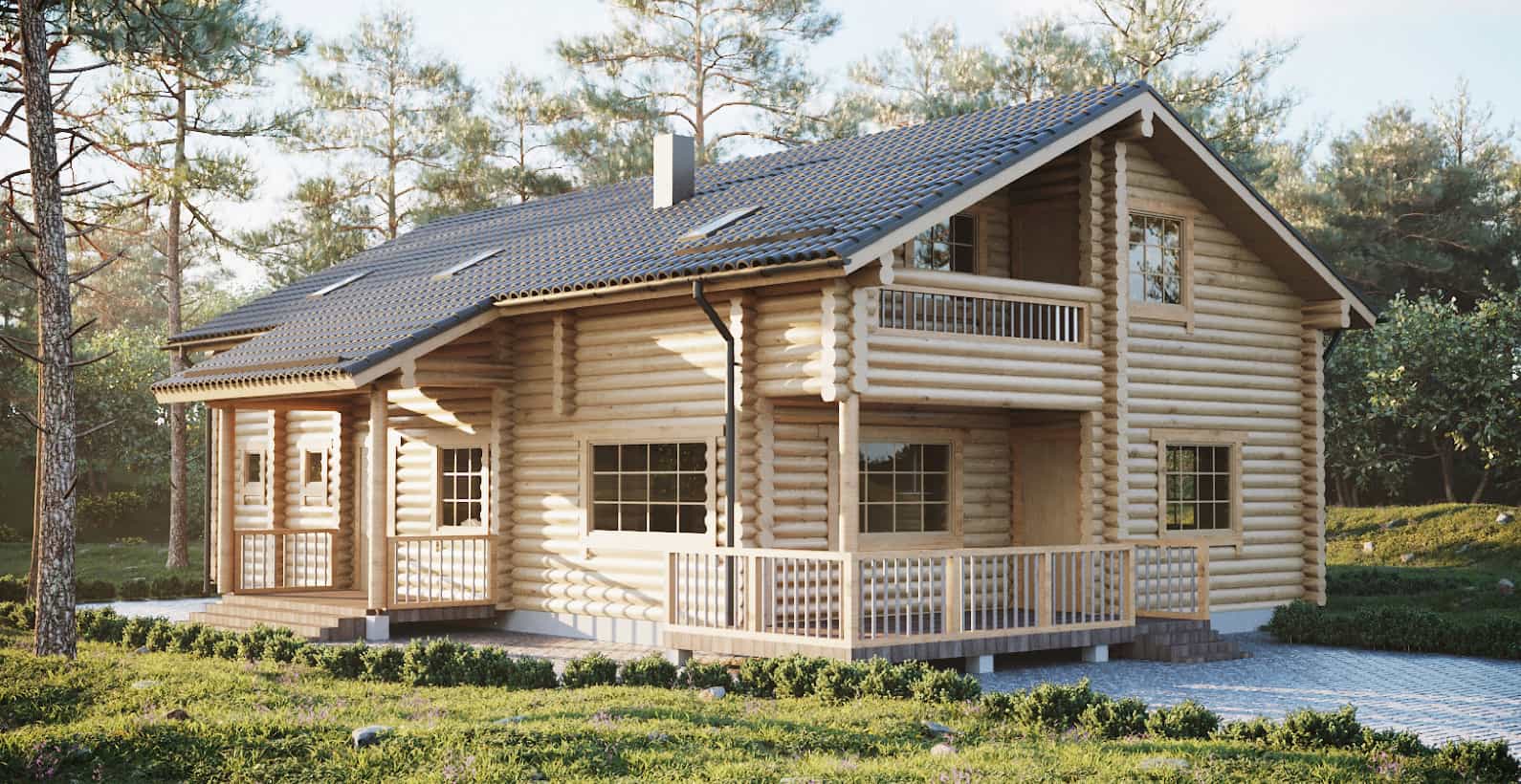
Tiny houses
The last type of eco-friendly properties that we are going to look at in this article are those of tiny houses. These properties have an average area of 15m2, and use very little energy due to this fact. This type of property doesn’t only offer a low usage cost, but it also has a low construction cost – often ranging between 15,000 and 20,000 pounds.
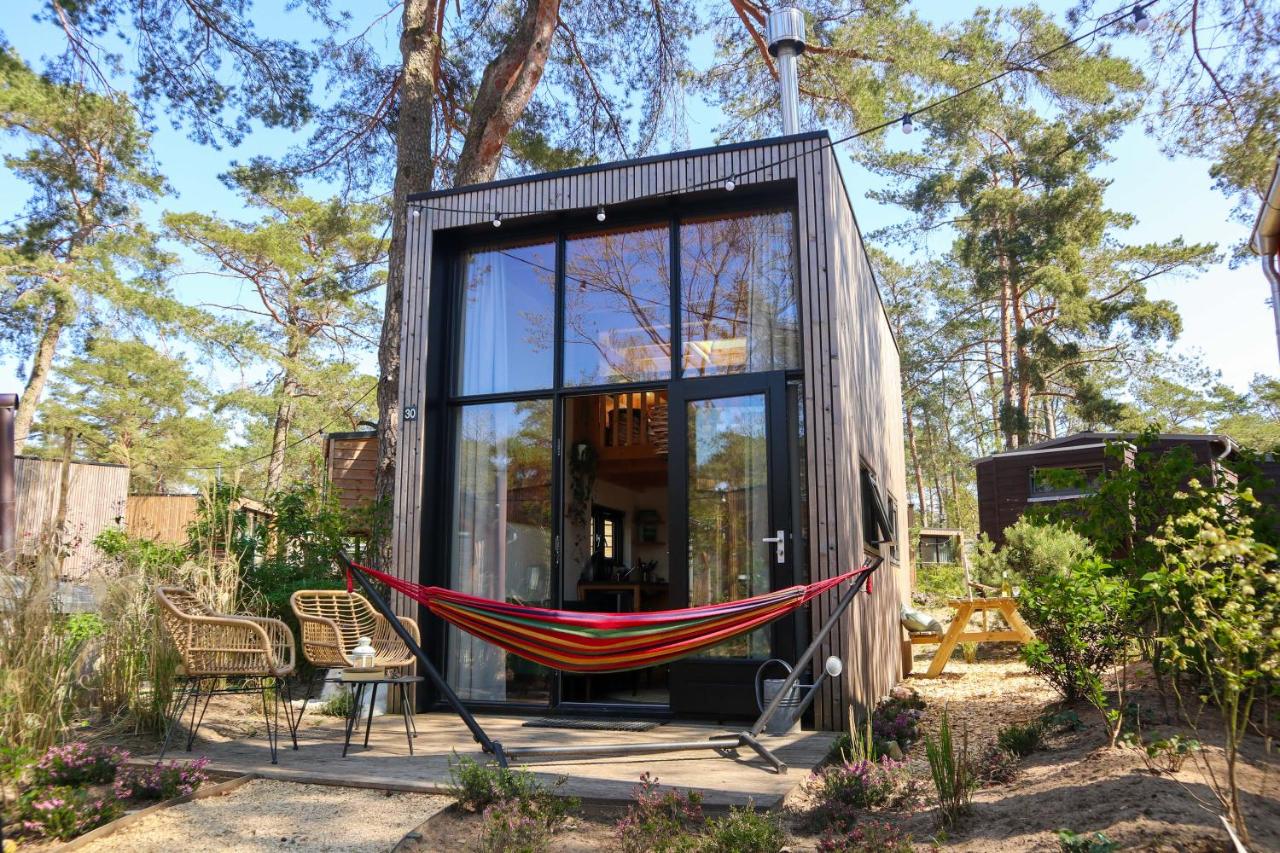
The advantages of an eco-friendly home
When it comes to listing the advantages of owning an eco-friendly home, the list is expansive.
- As previously mentioned on the list, being the owner of an eco-friendly property could help you save money eventually by reducing your electricity and water bills
- And if you decide to install solar panels, heat pumps or geothermal technology it could be reduced to practically zero.
- Another advantage to owning an eco-friendly property is that more and more companies, such as Ikea and Amazon, are starting to sell pre-built eco-friendly homes.
- Meaning that for a small price, no installation costs and an easy installation process, your eco-friendly home can be set up in just a few days.
However enticing these reasons may seem to you, what must always be remembered is that an eco-friendly home pollutes far less and is much better for the planet.

